How to design a memory
Office Twelve Workshop
How to design a memory

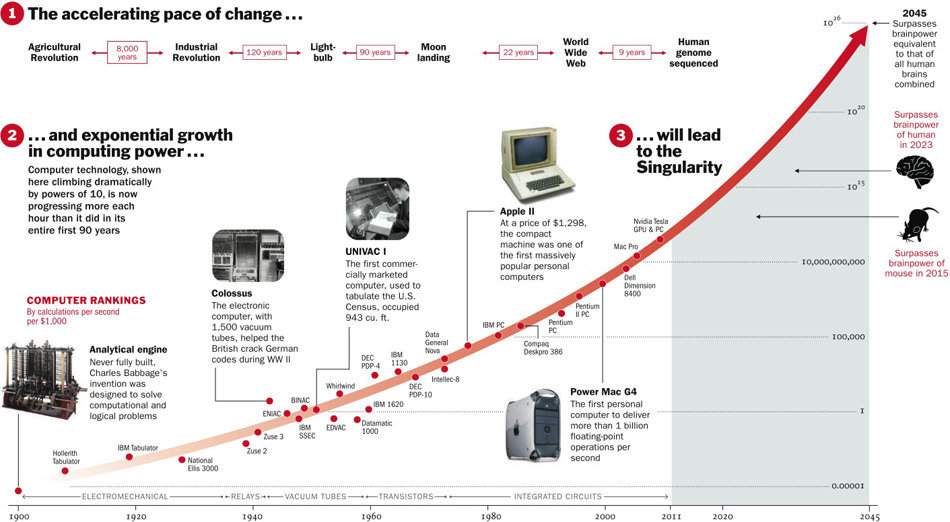
Technology changes quickly.
People don't.








Innovation Insights
Concept Validation
Service Blueprints
Group-Dynamics
Memory Design
Decision-making
The next 2 hours
-
How we make decisions
-
What colonoscopy can teach you about pitching
-
Designing a more memorable pitch experience
Group-Dynamics
Memory Design
Decision-making
Your brain is made of two systems.
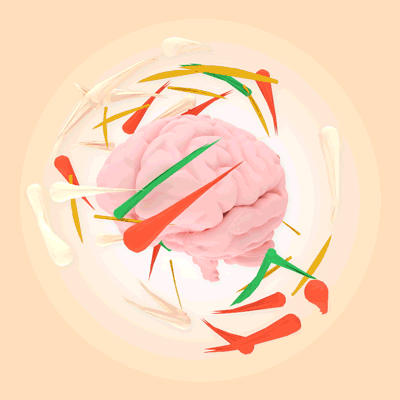
System one is fast, intuitive and effortless.
For example, do you prefer dogs or cats?


Feels easy to decide right?
Let's take another example.
Imagine you land on an alien planet and discover two new intelligent lifeforms. Which of the following do you think is called Kiki and which one is called Bouba?
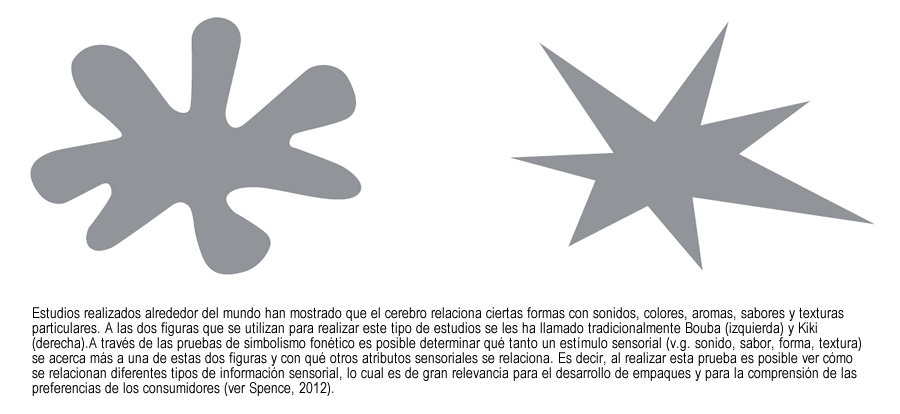
A
B
99% of people across the world choose this...

Bouba
Kiki
With the person next to you, discuss why you think this is
Kiki > Teeth > Bite > Sharp > Kiki
What is 8,992 x 19.86?
Welcome to system two.
Wherever possible, we prefer to use system one.
Heuristics & Biases
So how does this effect how we perceive price?
It depends on the level of uncertainty.
How much should a next-generation watch cost?
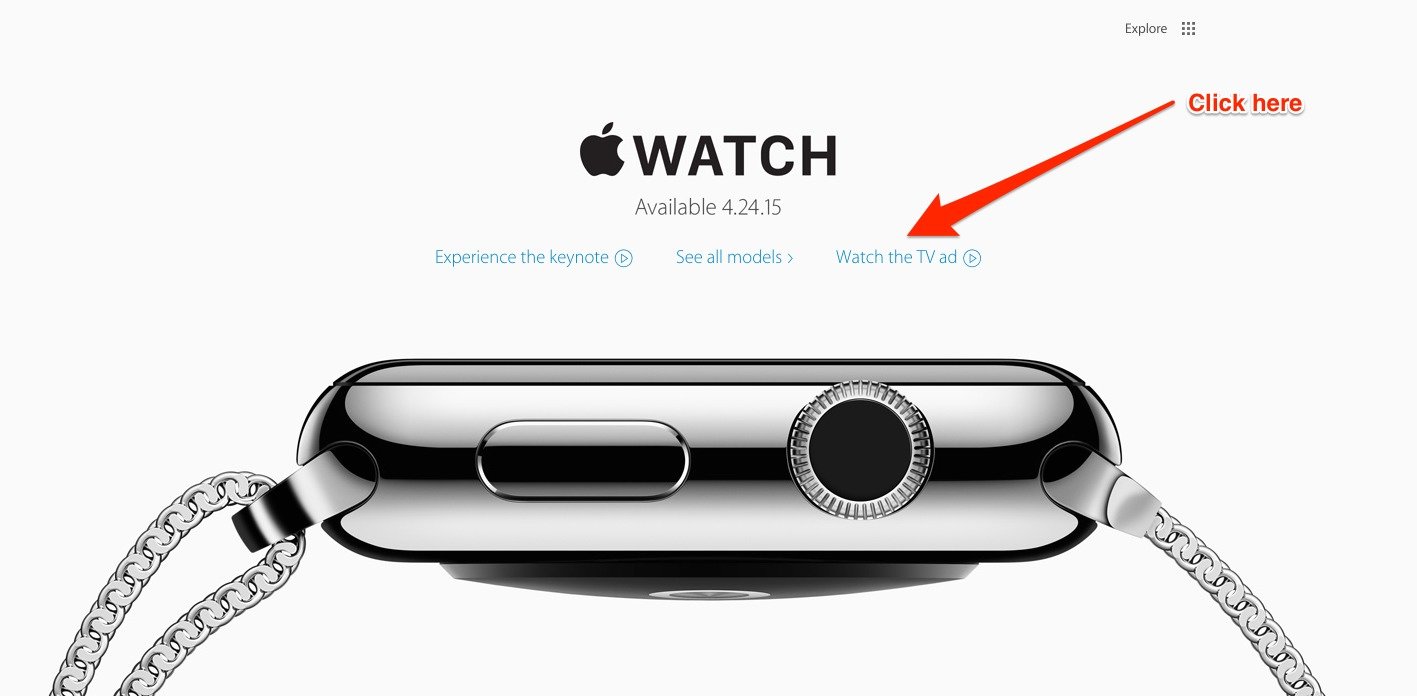
£15,000.
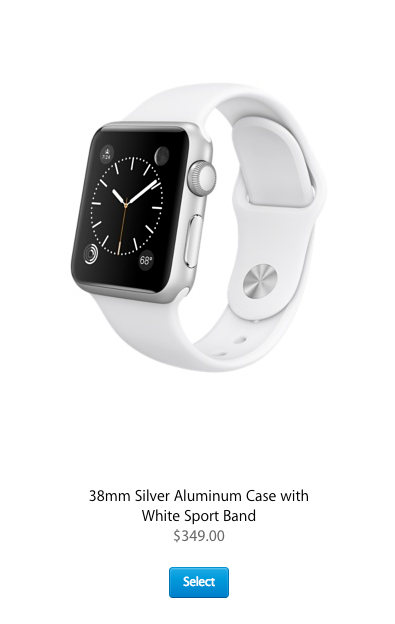
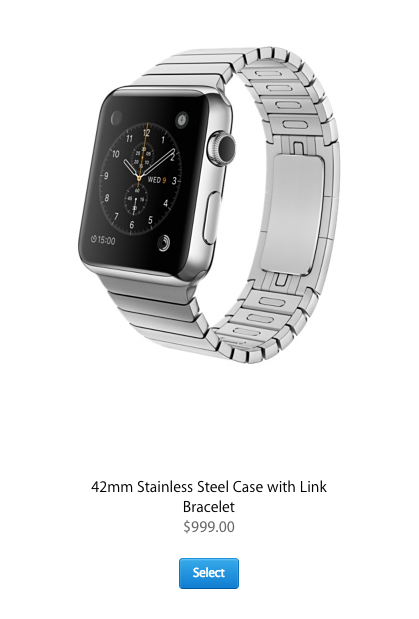
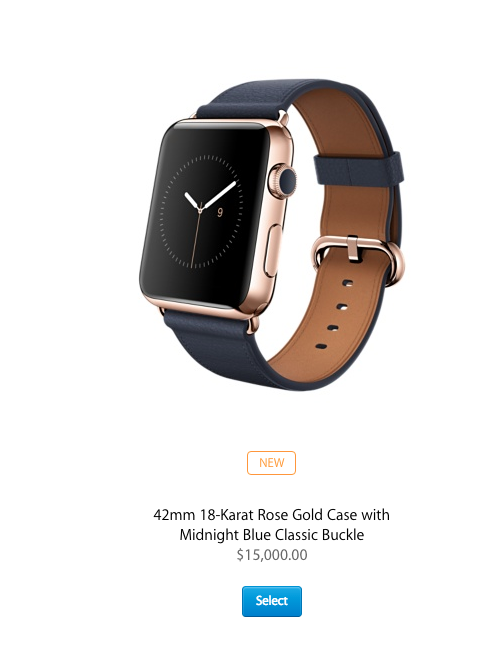
Seems steep but now $349 looks reasonable.
This is a heuristic (short cut) called anchoring.
We use the large number as a benchmark to evaluate another number. In the case of the Apple Watch, the $15,000 option is remarkable and helps us take a view on whether $349 feels like good value or not. We tend to use the first piece of information to frame the way we perceive subsequent information.
But, the big number doesn't need to be a price.
We recently ran an experiment with a national chain of go-karting venues and were able to increase sales performance by more than 30% by framing price alongside the engine power of the go-karts (200cc).

+38%
VS. Baseline
System one doesn't stop there.
Numbers with more syllables feel bigger.
Sounds weird but it's true. Numbers with more syllables take more processing power for us to register and comprehend. System one uses that subjective feeling of effort to infer that "the price must be big if it takes this much energy!".
Fifty Six Pounds
£55.99
Fifty Five Pounds Ninety Nine
1
2
3
4
5
6
7
1
2
3
4
£56
VS.
Even increasing the price can increase sales.
We've seen this shift sales more than 10% by increasing a price from £18.99 (eighteen pounds ninety nine - 6 syllables) to £19 (nineteen pounds = 3 syllables).

+14%
VS. Baseline
Group-Dynamics
Memory Design
Decision-making
What can colonoscopy teach us creating more memorable pitches?
Imagine the perfect holiday - where would you go?
Would you pick the same place if you couldn't remember it?
Experiencing self vs. Remembering self
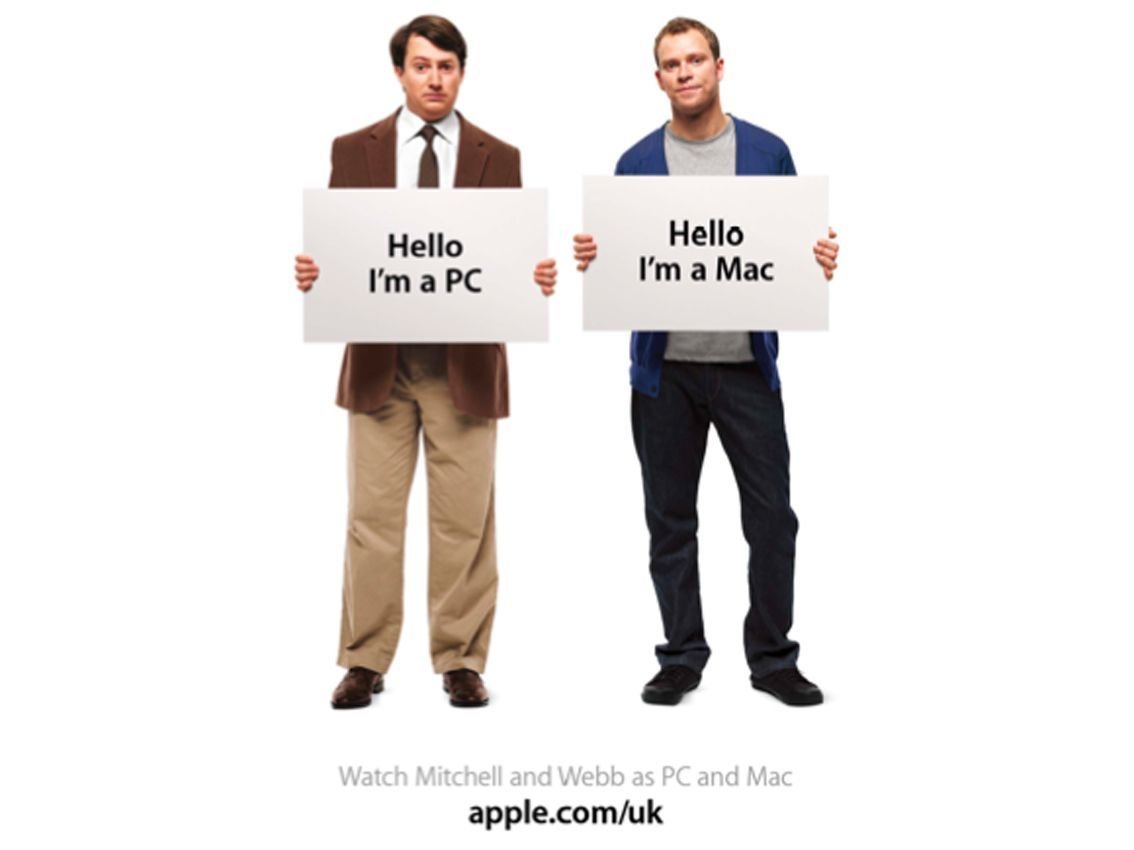
Experiencing
Self
Remembering
Self
300 milliseconds
This also effects how we tell ourselves stories about our experiences
Peak-end theory
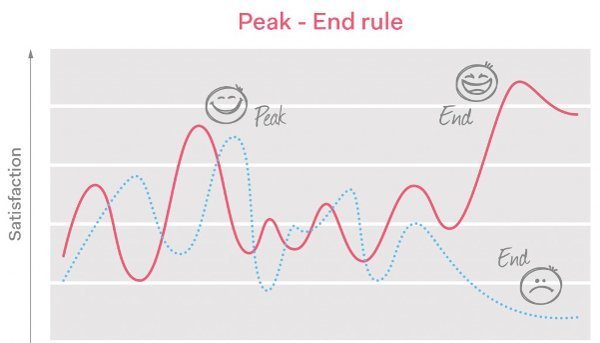
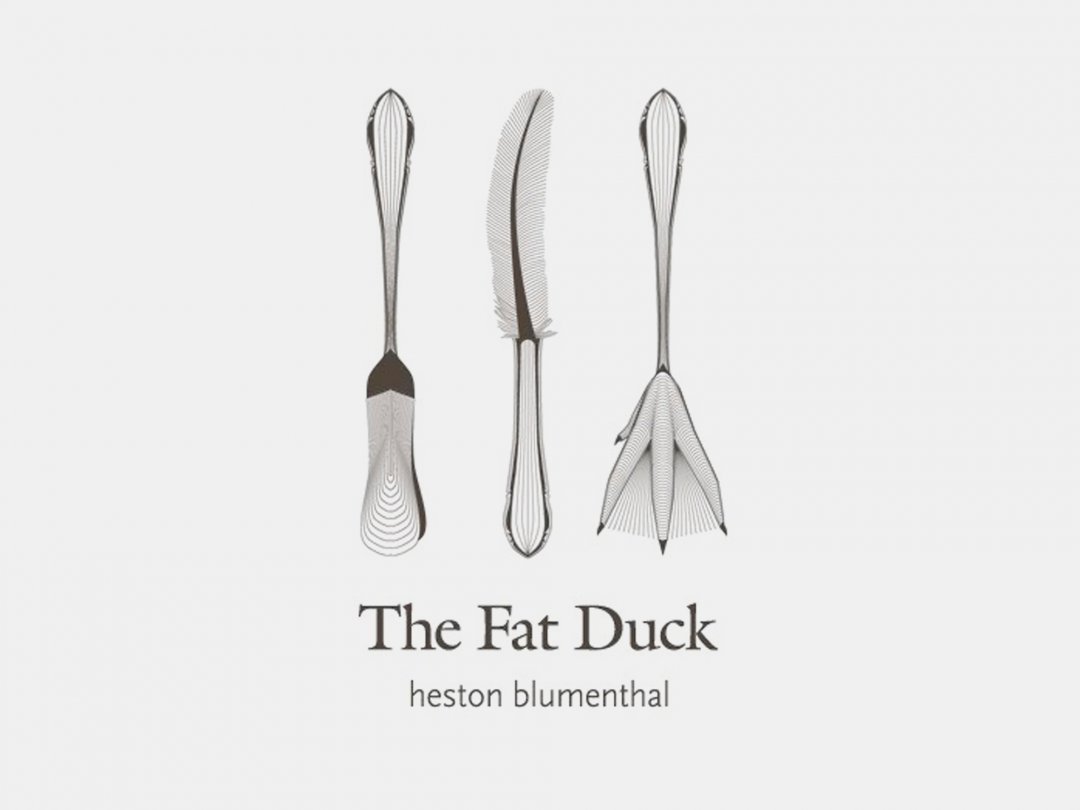
What was the standout moment?
Arrival?
It was the 45 minutes I spent on hold.
Book
Arrive
Eat
Leave
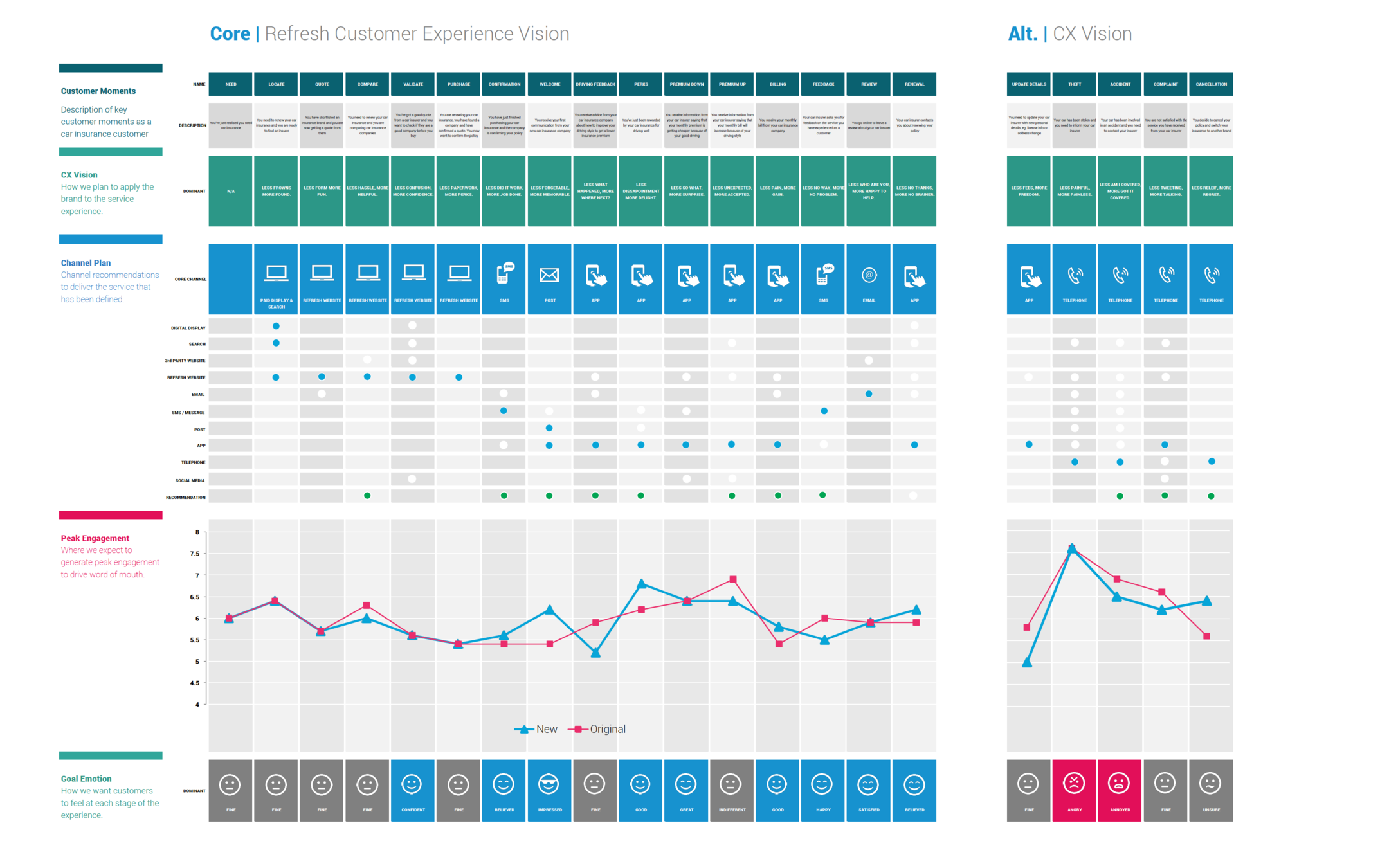
Some thought-starters
How might we...
Think of journeys as 'chapters'
Map expectations
Design peak moments
End strong
How to design a memory
By Luke Battye
How to design a memory
- 208



